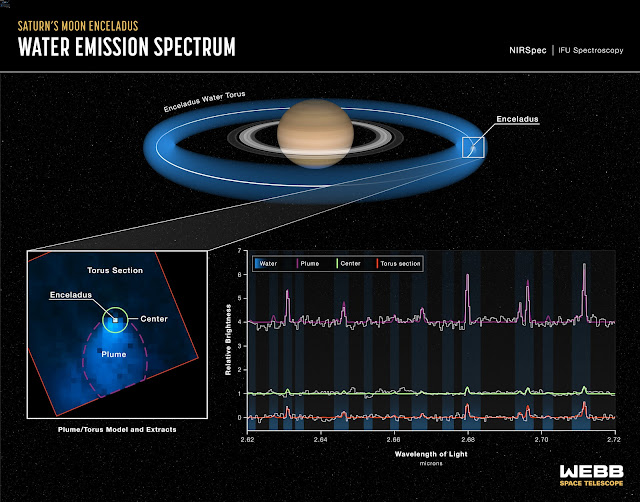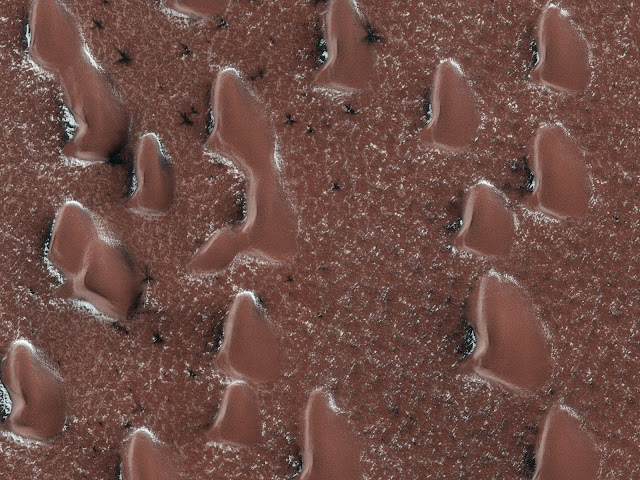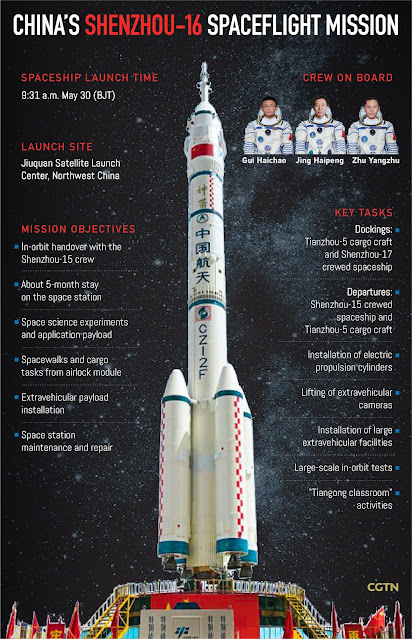Shenzhou-15 & Shenzhou-16 Crews Meet in Earth Orbit | China Space Station
The Shenzhou-16 manned spacecraft embarked on its journey to the China Space Station on Tuesday, May 30, 2023. It is the first crewed mission since the China Space Station entered its application and development stage.
Carried by a Long March-2F rocket, the Shenzhou-16 crew spacecraft lifted off from the Jiuquan Satellite Launch Center in northwestern China at 9:31 a.m, Beijing Time, May 30. The spacecraft conducted a fast automated rendezvous and docked with the radial port of the China Space Station module Tianhe at 16:29 Beijing Time, forming a combination of three modules and three spacecraft.
Let's experience the meeting of the Shenzhou-15 and Shenzhou-16 crews in space in 80 seconds.
Credit: China Global Television Network (CGTN)
Duration: 1 minute, 23 seconds
Release Date: May 30, 2023
#NASA #Space #China #中国 #LongMarch2FRocket #长征二号F遥十六 #SpaceLaboratory #CSS #ChinaSpaceStation #中国空间站 ##Shenzhou15 #Shenzhou16 #神舟十六 #Taikonauts #Astronauts #Commander #JingHaipeng #ZhuYangzhu #GuiHaichao #CMSA #国家航天局 #Science #Technology #HumanSpaceflight #STEM #Education #HD #Video







.jpg)